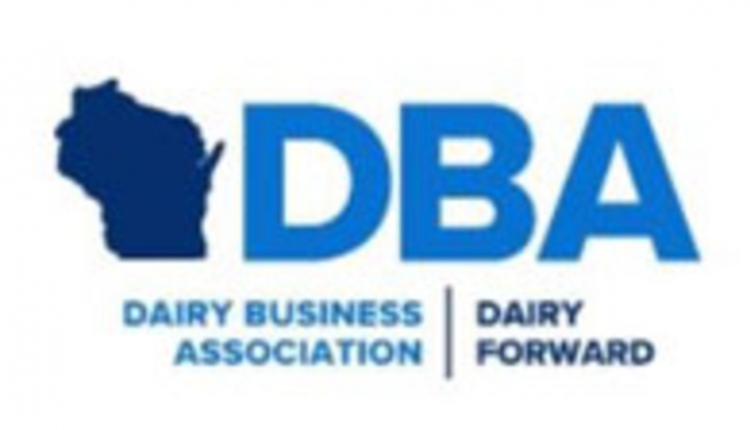Co-op business sort of took a backseat to current concerns when about 1,200 people gathered for Dairy Farmers of America annual meeting this week in Kansas City. In short, the co-op had net savings (earnings) of $65.6 million in 2009, and all business units of the co-op were profitable. (See our April 25, 2010, issue for more on DFA activity and the annual meeting.
The big hallway topics at the meeting were the recent drops in Class III futures and whether our industry's appetite for trying some type of milk production control has changed enough to move us in that direction. The two are related to some extent. Any change in national dairy policy, including any provisions for production controls, would not take effect until the 2012 Farm Bill is enacted which could be sometime in 2013. That's a lifetime away for dairy owners, who increasingly are on the brink of financial failure. The key to doing better short term will be to get rid of nagging inventories of cheese and nonfat dry milk. Actually, analysts say current production and current demand are nearly in balance.
More and more dairy farmers are saying that something must be done about returning margins to the business that will enable them to get current again and begin to rebuild lost equity. Both DFA's Rick Smith and NMPF's Jerry Kozak said at the meeting that enough dairy farm families feel the need to control milk supplies in some way that the industry should seriously consider moving in that direction. There are deliberations underway at several levels aimed at looking at various aspects of several plans that have been proposed to see which concepts would be most adaptable to a consensus proposal.
Kozak said he could see some sort of production control or growth management plan, perhaps on a standby basis as needed, that could be coupled with the Dairy Producer Income Protection Plan that NMPF has been working on. "DPIPP" would provide long-term margin (milk price minus feed cost) insurance coverage with no caps on herd size or milk volume. A base program would be available at no cost to producers for a portion of a dairy operation's production history. An optional, supplemental plan would be paid for partially by the producer for greater margin protection, presumably for the more heavily leverage, more financially vulnerable operations.
Under one hypothetical situation, over the past 10 years, the MILC program would have paid a 100-cow farm about $46,000 more than DPIPP, as currently proposed, would have. However, DPIPP would have paid that 100-cow operation about $19,000 more during 2009 as the program would have been in effect during nine months of 2009. DPIPP coverage is designed to be "catastrophic" coverage. It is possible, Kozak said, that a continuation of MILC and establishment of DPIPP may give dairy farmers a choice of one program or the other in the future.
One possible standby production control plan being considered is a marginal milk pricing plan that would kick in when milk prices fall below a certain level. (See April 10, 2010, issue, page 255).








